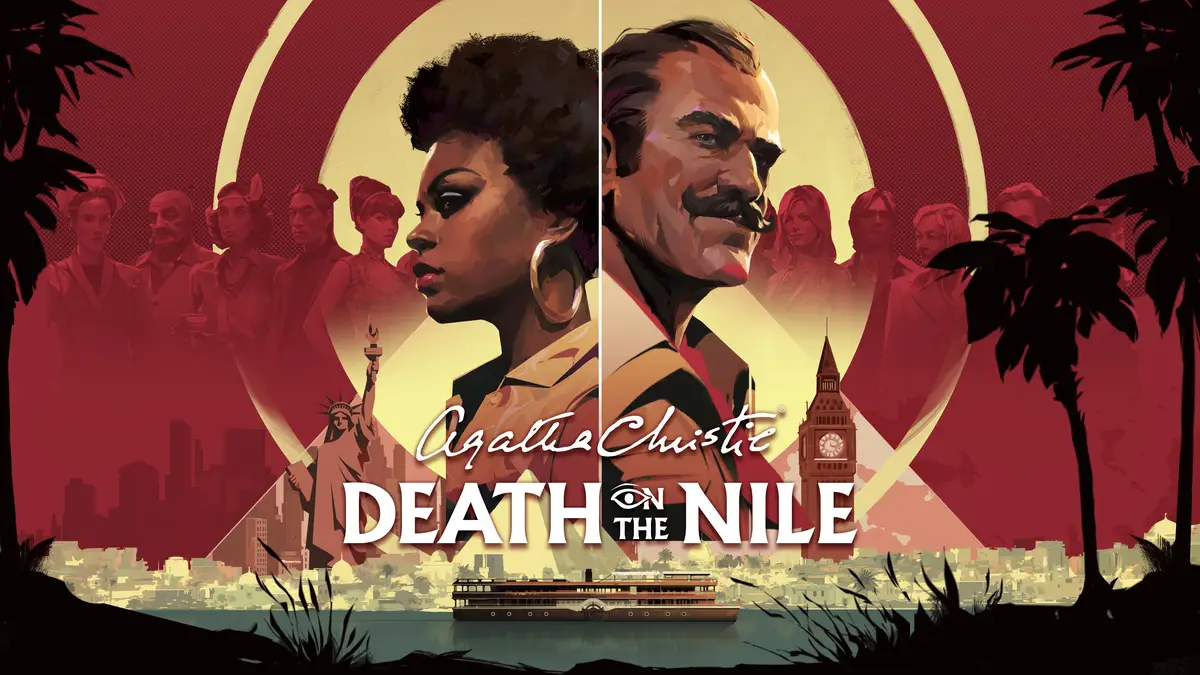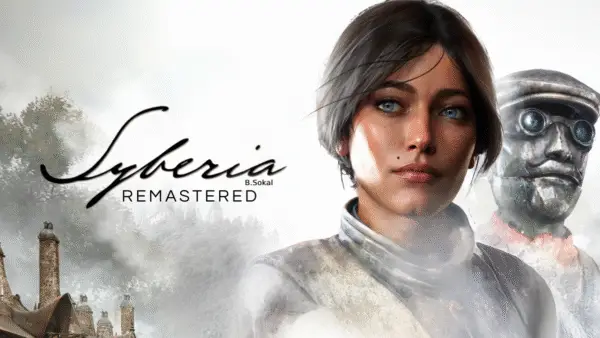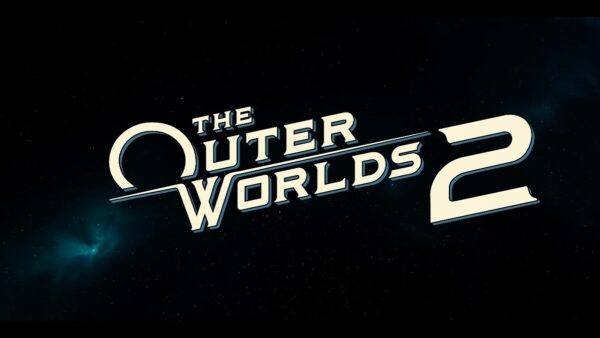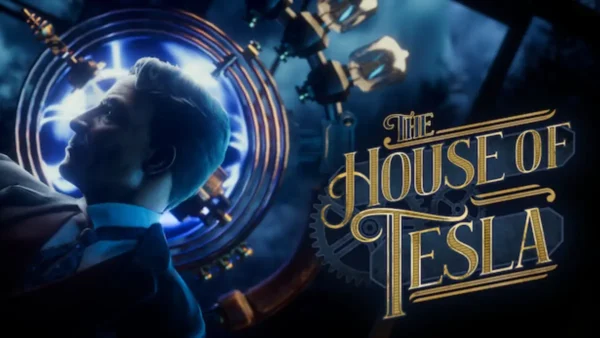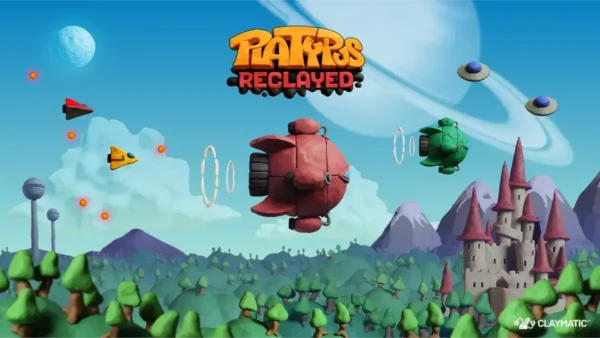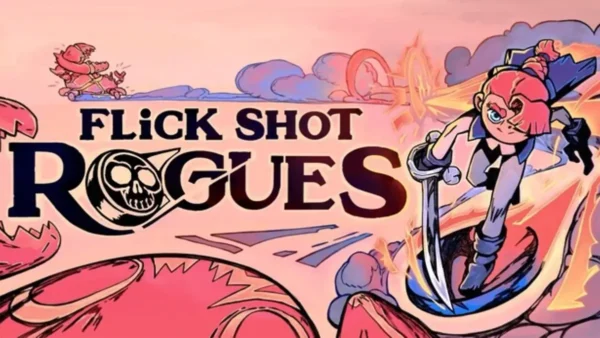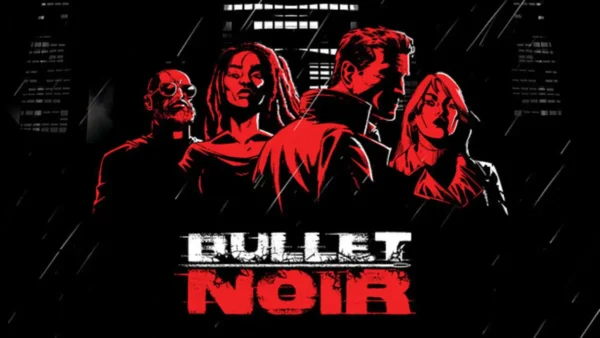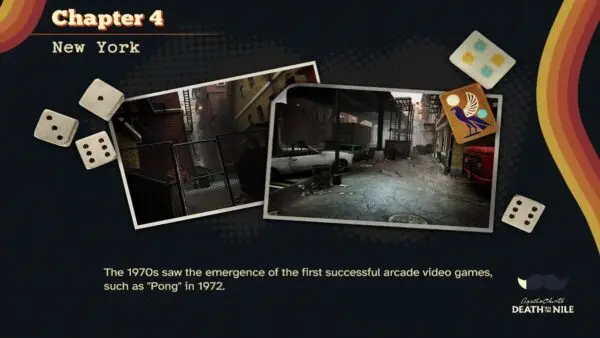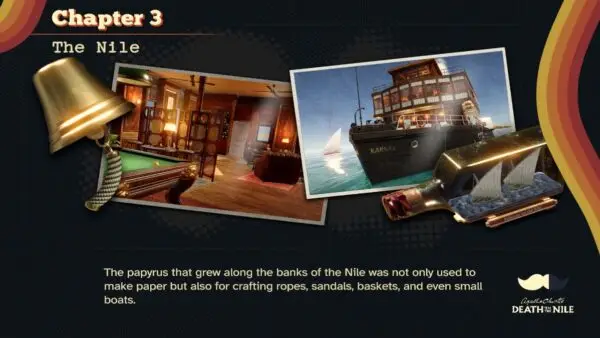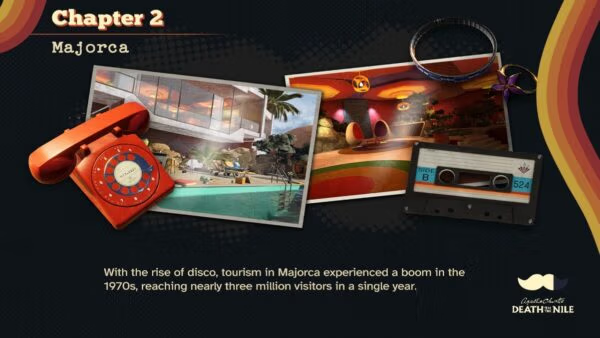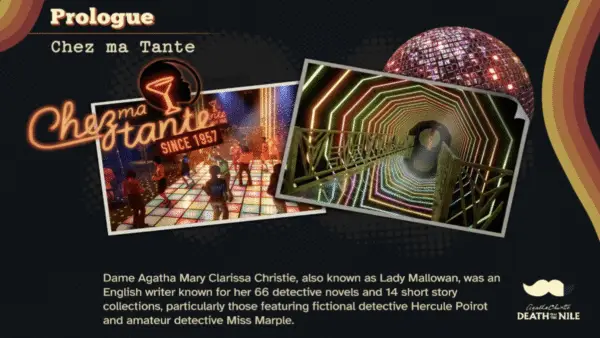Death on the Nile review is my hands-on look at Microids Studio Lyon’s new Agatha Christie adaptation, published by Microids. Expect an investigation-driven adventure with two playable leads, chapter-based cases, and a Mind Map that rewards attention to detail. Crucially, it is worth playing because Story mode let me relax into the narrative while I skipped every hint for achievements, the Museum made collectibles feel meaningful, and performance on Steam Deck stayed smooth for long sessions at 60 to 70 FPS. With that in mind, let’s start with what this version keeps from the novel and where it confidently expands.
What This Adaptation Keeps and What It Changes

First, this game builds on the book rather than the films. Crucially, there are no merged characters, no rewritten culprit, and a tone that stays true to Christie. At the same time, the world expands in smart ways. The brief visit to Chez ma Tante becomes a proper case, and a second playable lead, Jane Royce, runs in parallel to Hercule Poirot. The campaign spans 9 chapters (with 2 epilogues) that change between their investigations, which keeps momentum high without losing clarity.
Meanwhile, the classic events cover roughly a third of the runtime, while new mysteries fill the rest. As a result, total playtime stretches past the 20-hour mark. The structure works because each chapter resolves a focused problem while feeding clues into the larger arc. One chapter leans into Poirot’s clinical deductions, and the next shows social fallout through Jane’s more grounded lens. Consequently, conversations feel fresh and motives stay in motion. Since difficulty affects how you navigate all of this, let’s talk settings next.
Story Difficulty and How It Changes the Experience
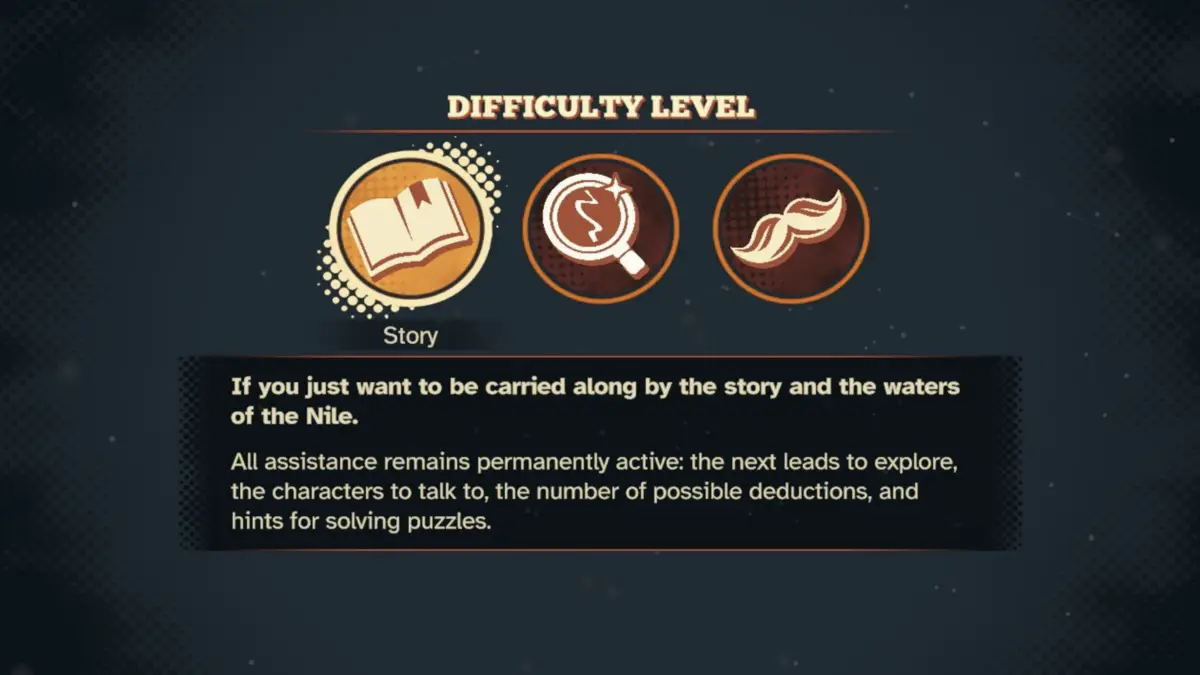
For this Death on the Nile game review I played on Story difficulty. On this setting, assistance remains permanently active. In practice, the UI highlights who to talk to, which leads to chase, how many deductions remain on a board, and when hints are available. The mode is pitched for players who want to be carried along by the story and the waters of the Nile, and that description fits. However, the constant guidance did not dull the satisfaction of sleuthing. It prevented aimless wandering and kept the focus on observation.
There are higher modes as well that you can switch to at any time. Detective and Herculean scale back the safety net if you want a sharper challenge. Even so, I set a personal rule on Story. I avoided every hint to chase achievements and kept my deductions clean. Consequently, each connection felt earned and the assistive UI never became a crutch. Because the tools make or break a mystery game, the next section dives into how investigations actually play.
It is the Brain, the Little Gray Cells on Which One Must Rely
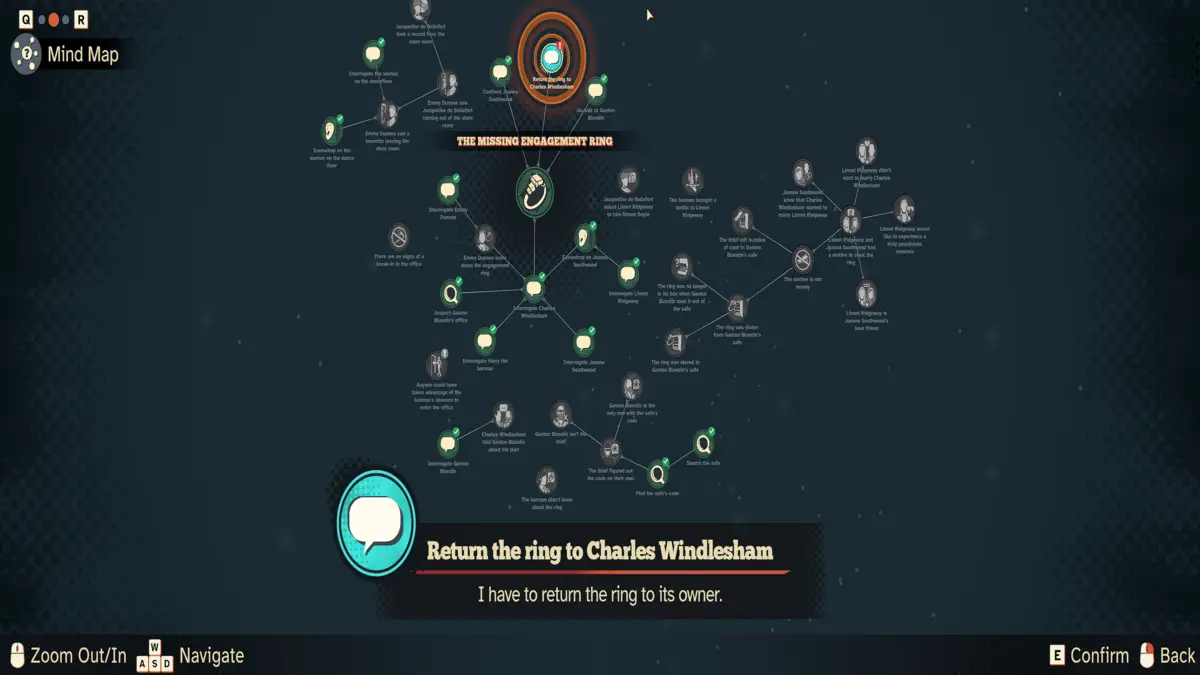
The Mind Map is the star tool, and it earns that spotlight. It functions as a living board where you pin clues, test links, and turn hunches into conclusions. Best of all, the system respects memory. Something overheard early can unlock a later board, and the feedback loop feels fair. If I stalled, it was usually because I skimmed a line or miswrote a detail, not because the logic was opaque.
Here is a spoiler-safe example from my run. Paying attention is essential because characters drop hints that seem casual at first. I needed a job field for one profile but had not seen it stated yet. Later, while two other characters talked about something else entirely, one casually referenced that exact job. Linking that line in the Mind Map completed the profile and nudged the case forward. Little moments like that make you feel like a real investigator.
Character Profiles amplify this loop. You do not simply collect facts. You build dossiers that evolve as you eavesdrop, confront, and compare alibis. Early assumptions get overturned, and that shift changes how you approach the next interview. Watching a profile update because of a single sentence is deeply satisfying.
I did hit a specific bug twice. At the end of chapter 1, right before solving the mystery, a Mind Map link stopped working. Reloading an older save did nothing, but a full relaunch fixed it each time. It never cost progress, although it was tense in the moment. Given how central the Mind Map is, hardening those links would be a meaningful quality-of-life win. With the mechanics covered, let’s look at how the cast and presentation support those systems.
Presentation, Cast, And Setting
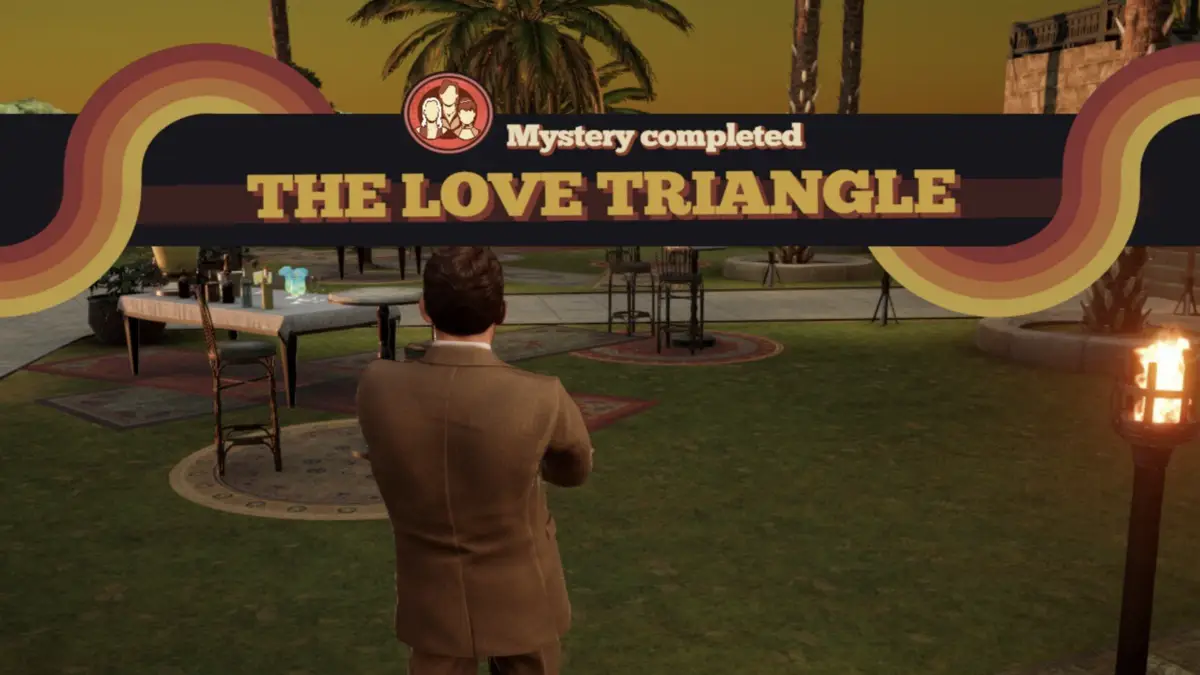
The 1970s setting pops from the opening club to the sunbaked decks of the Karnak. Clubs glow with saturated color, riversides feel warm and lived in, and the soundtrack ties scenes together without overwhelming them. Meanwhile, the UI stays tidy and readable, which matters on a handheld screen. Menus are quick, tooltips speak plainly, and inputs map cleanly to a controller.
Equally important, the ensemble is worth interrogating. Motives are layered, dialogue gives you room to press or retreat, and both leads add distinct texture. Poirot brings icy confidence that can rattle suspects, while Jane applies a methodical touch that earns trust and reveals angles Poirot might steamroll.
However, wardrobe continuity undercuts immersion. The club scene in chapter 1 connects to chapter 2 with a six month time jump, yet many supporting characters reappear in the exact same outfits in a different country. It reads like a small art-team shortcut, but the script makes the timeline explicit, so the mismatch stands out. A few alternate costumes tied to location or time would immediately sell the world better. Since completionists will be staring at scenes for collectibles anyway, let’s talk about why searching is actually fun here.
Collectibles And Replay Value

Collectibles often feel like busywork. Not here. Golden mustaches and vinyl records appear across chapters and feed into a Museum that celebrates your progress. Mustaches unlock statues, paintings, and other displays, while vinyl records let you spin tracks from the soundtrack in that hub. I loved this loop because it gave me a reason to comb each scene and a concrete payoff once I returned to the Museum.
Chapter Select helps a lot with cleanup. You can revisit earlier content without harming your main save, though you will need to replay from the start of a chapter unless you kept manual saves. The Museum was such a good carrot that I happily backtracked. I even spent a few extra hours hunting the third vinyl record in chapter 1.
Steam Deck Performance
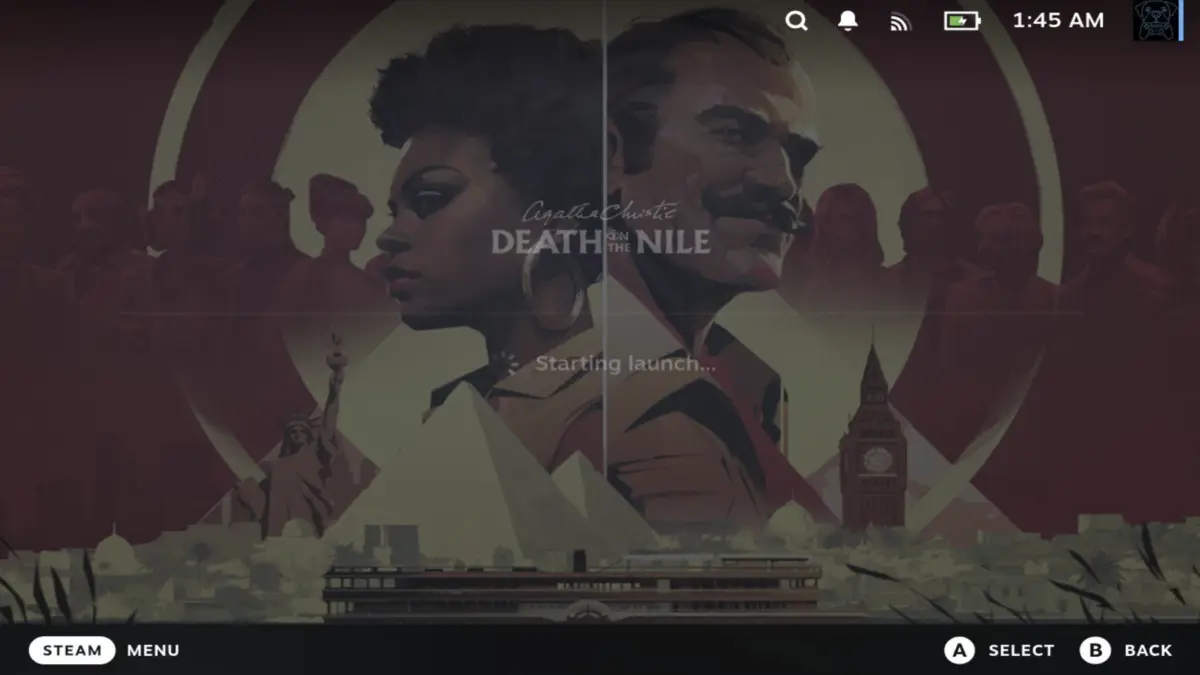
The entire campaign ran smoothly on Steam Deck. Using the overlay, I consistently hovered around 60 to 70 FPS. Visuals remained clear on the handheld screen, the UI stayed readable without scaling, and performance did not dip as the battery drained. I played for hours on a single charge with no hitching at low battery levels. Controls also deserve a callout. The game uses an Xbox controller layout that feels intuitive, and every on-screen prompt matched the inputs I expected. If you want a handheld mystery for evenings on the couch or long flights, this one is an easy recommendation. Finally, a few small fixes would polish things further.
Final Verdict – Is Death on the Nile Worth Playing?

Yes, this Death on the Nile review shows why you should play it if you want a faithful Christie mystery with smart new cases, satisfying Mind Map deductions, and polished handheld performance. The alternating leads keep the pace lively, the Museum makes collectibles genuinely rewarding, and Story difficulty stays welcoming even if you skip hints. A few minor blemishes never outweigh the sharp writing, strong cast, and confident 70s presentation. It is an easy, must-play recommendation.

